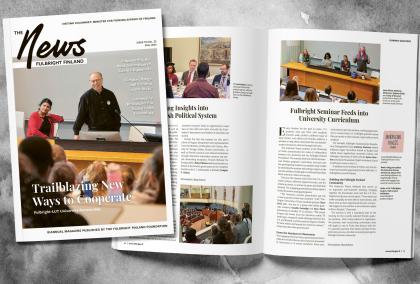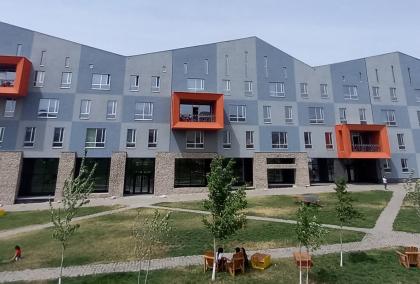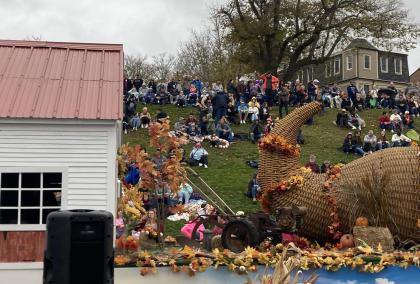Key Factors and Best Practices for Successful Student Exchange Partnerships
The list below is a compilation of key factors and best practices shared by the Fulbright Finland Capacity Building Workshop speakers and participants on establishing strategic partnerships with U.S. HEIs to promote student exchange and academic mobility.


